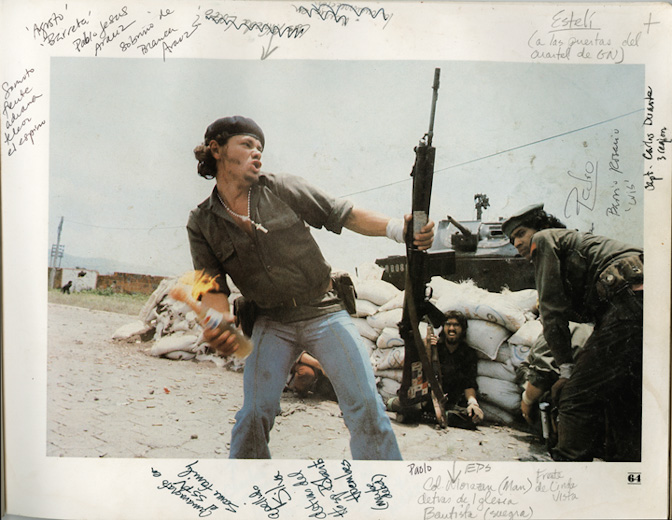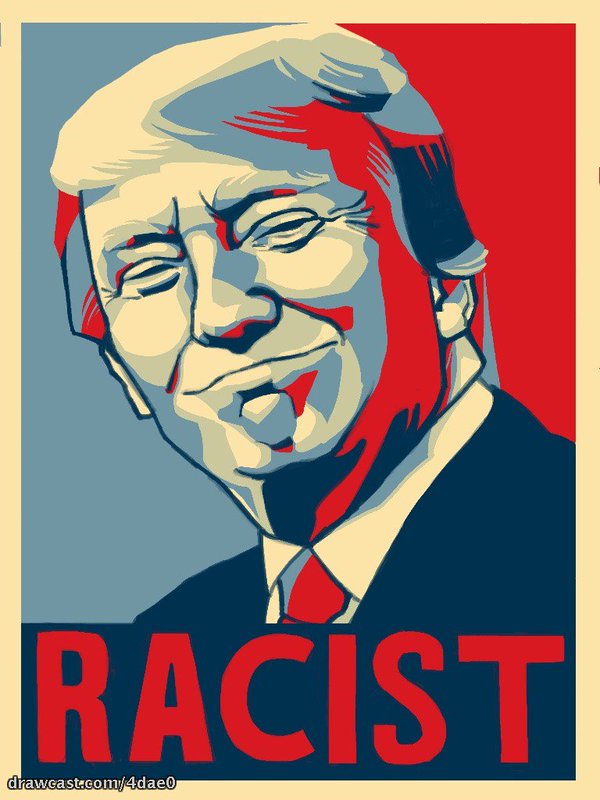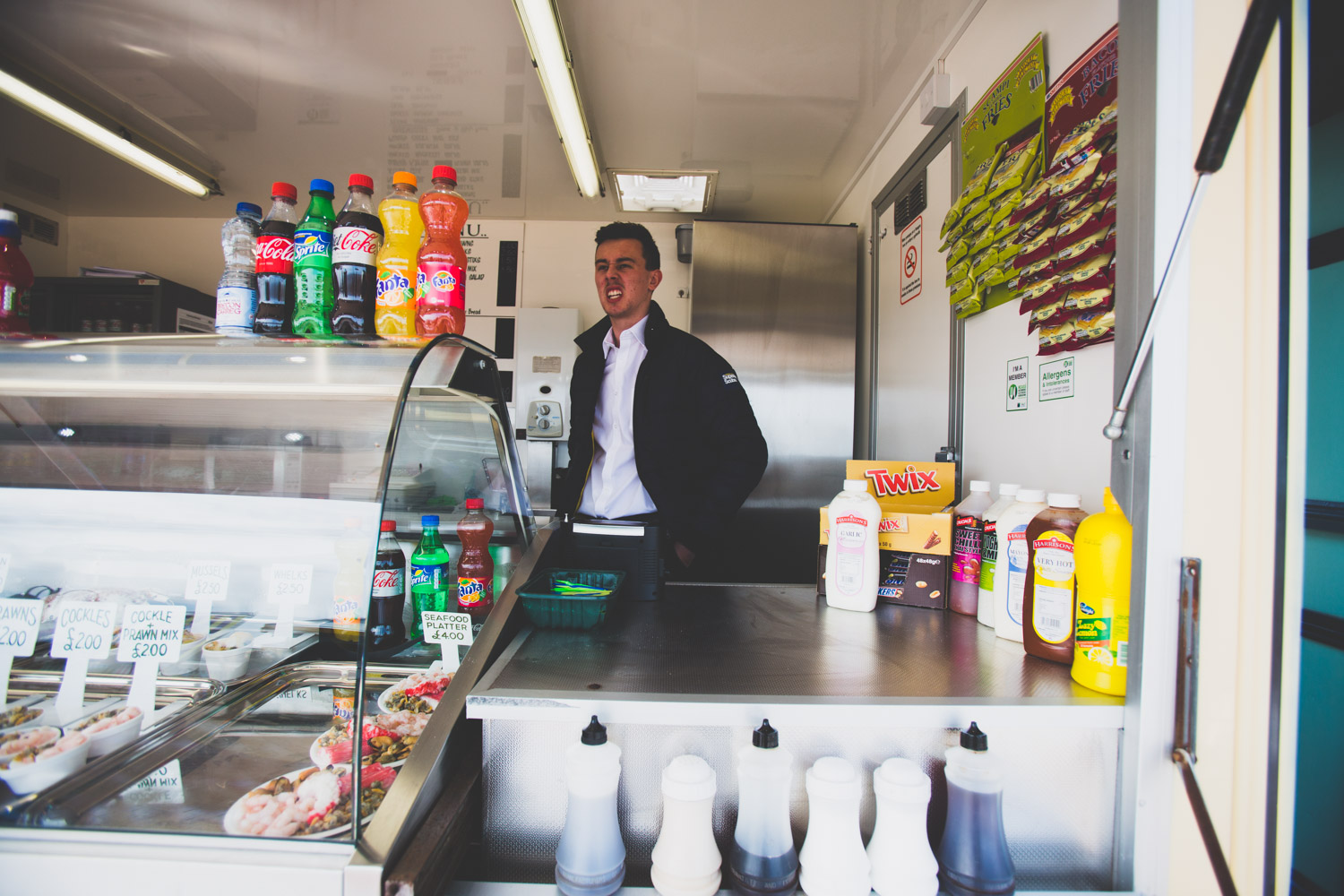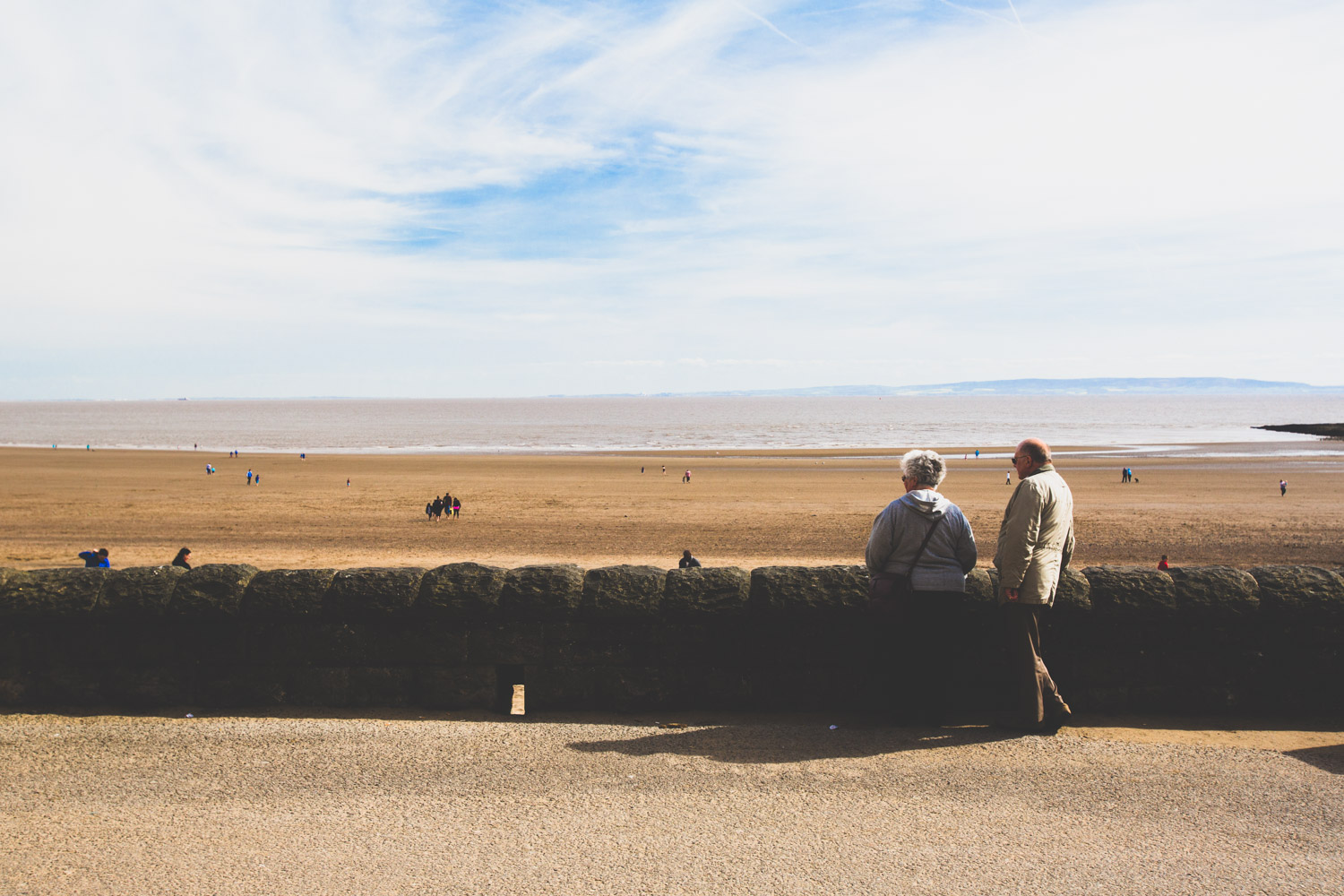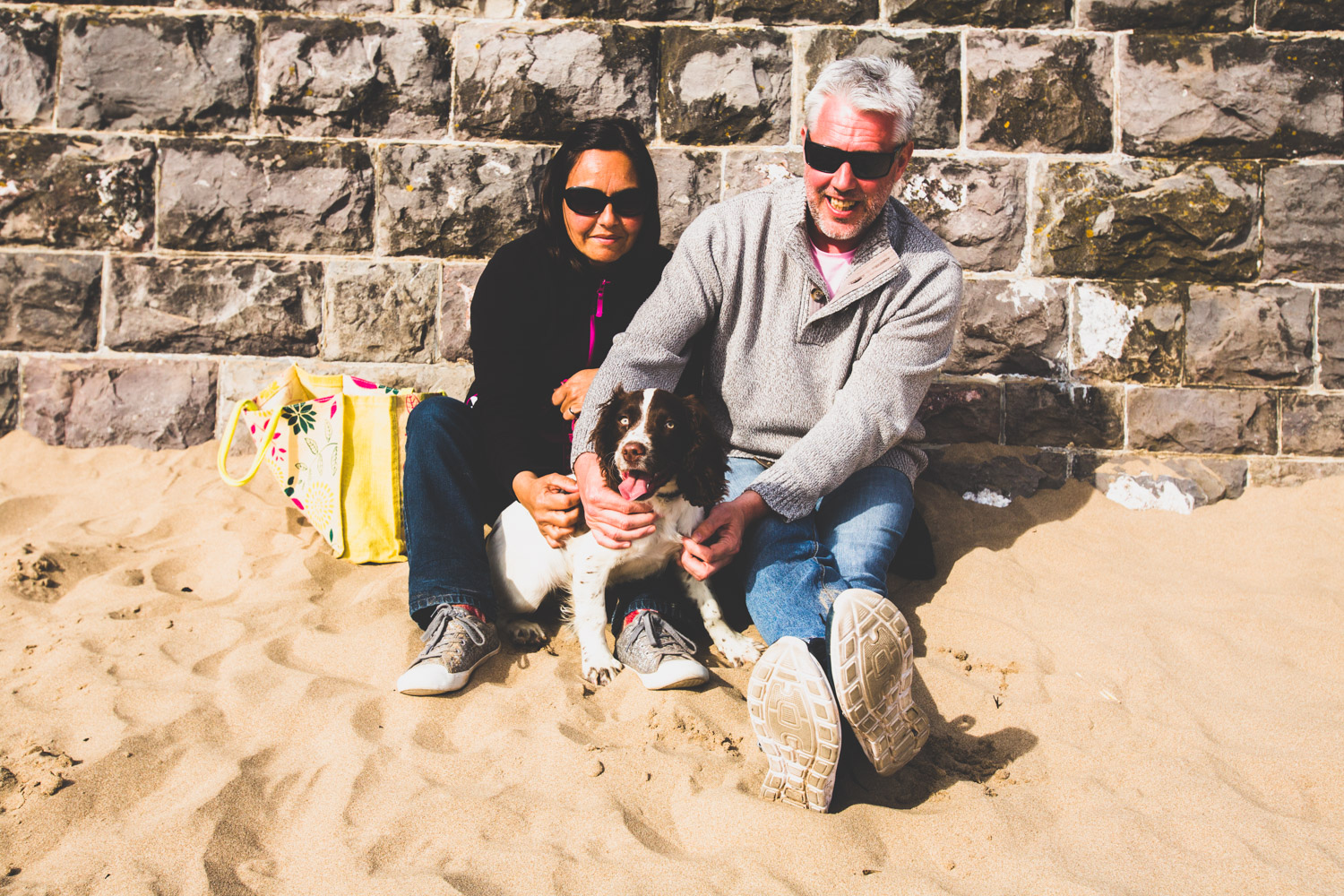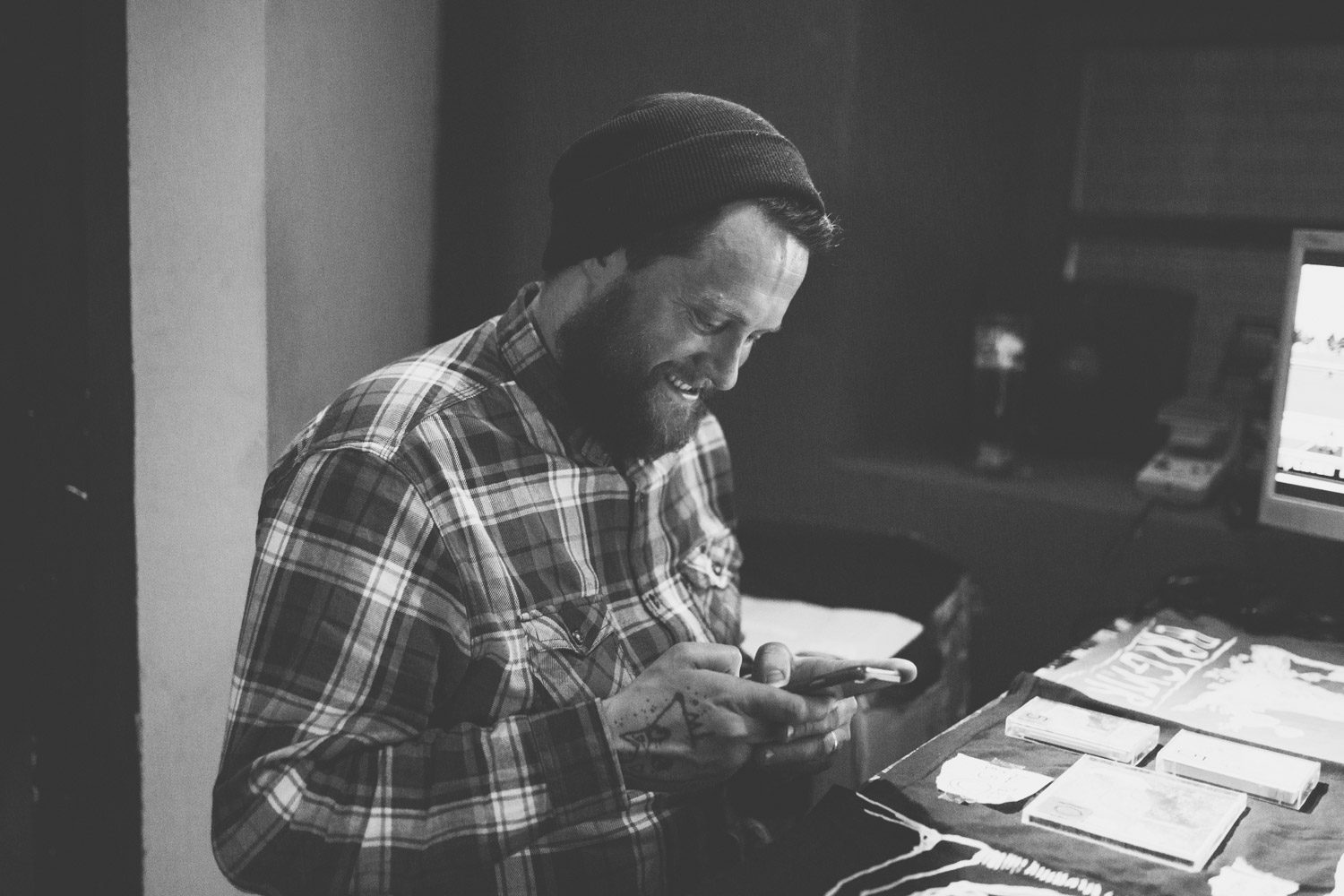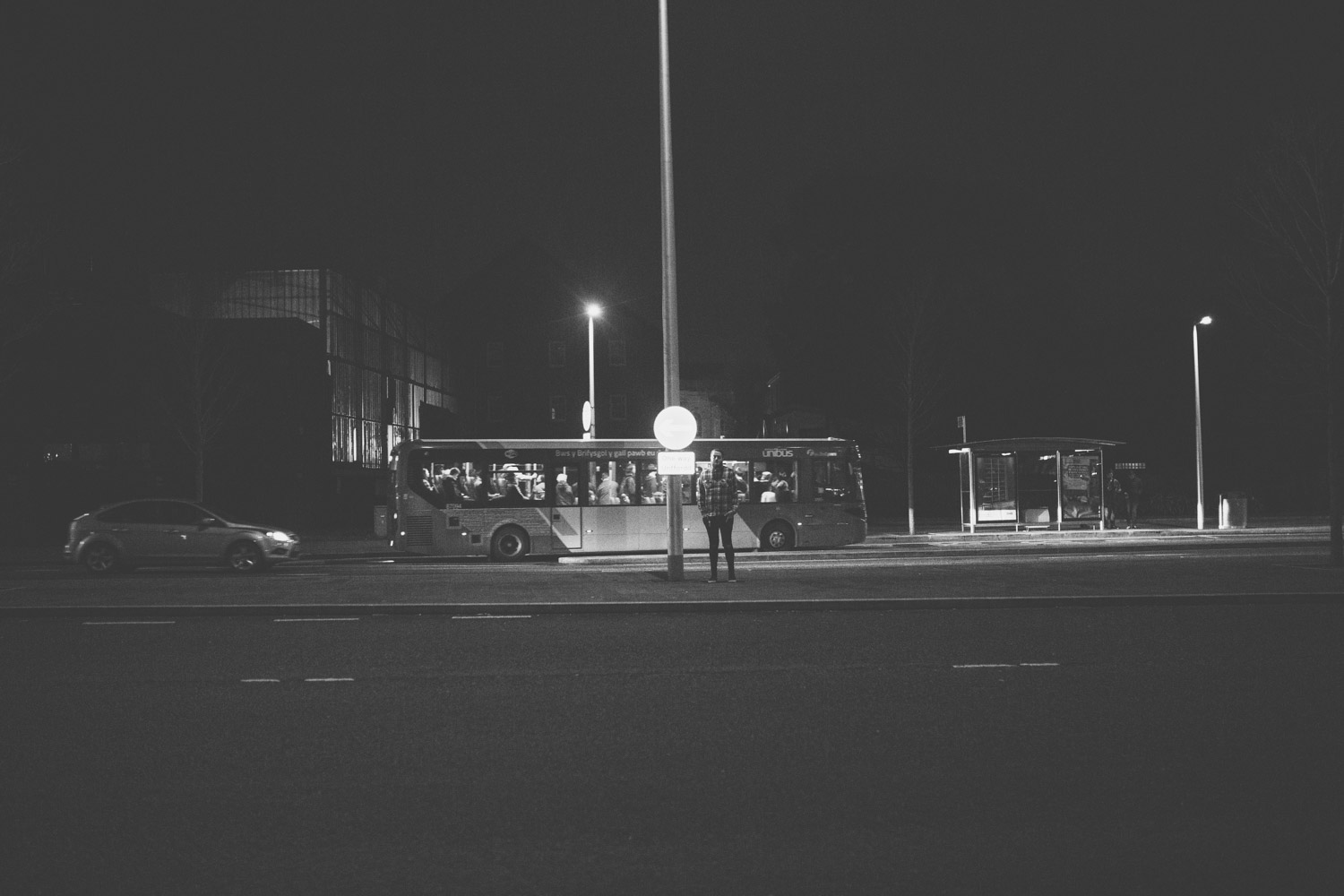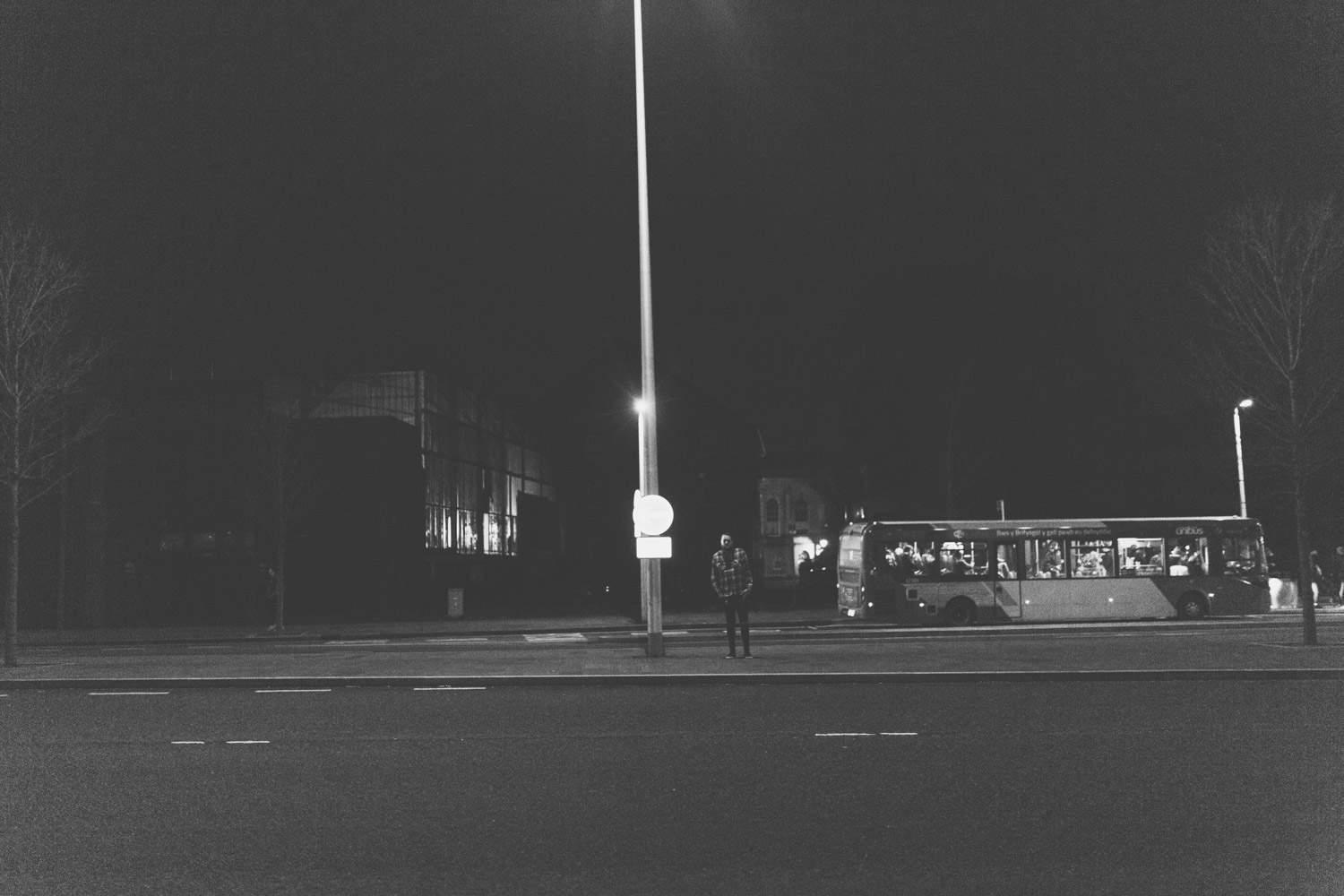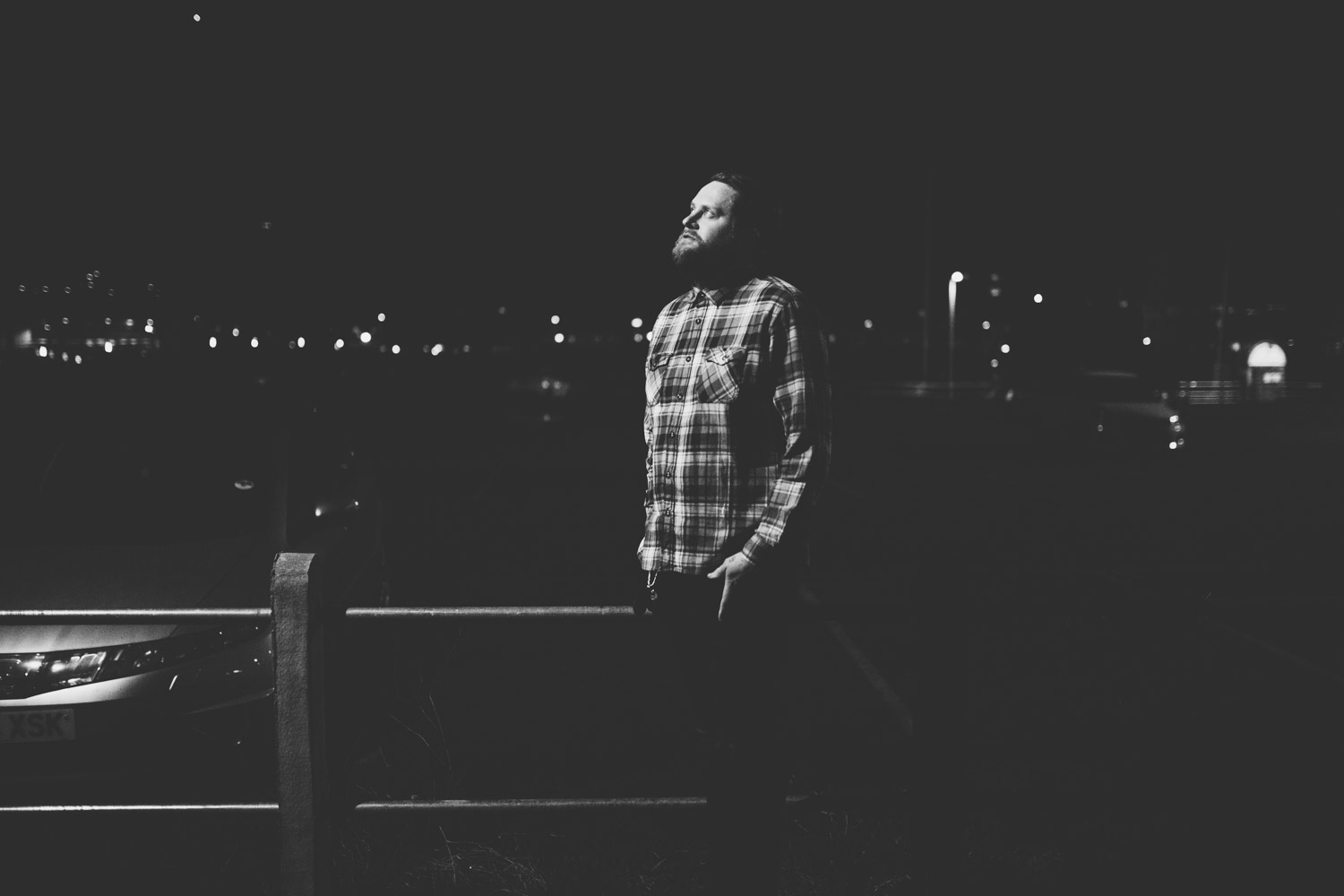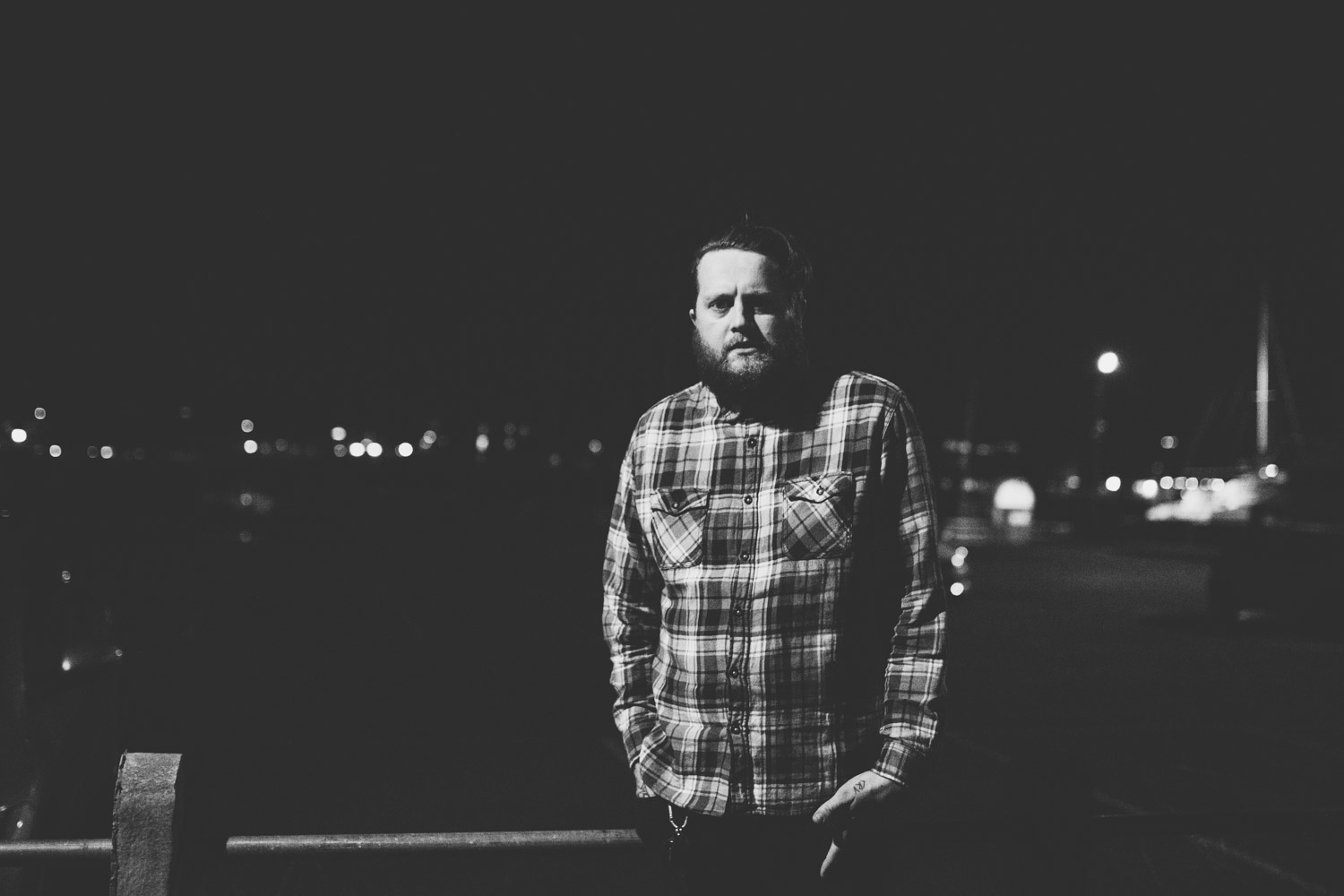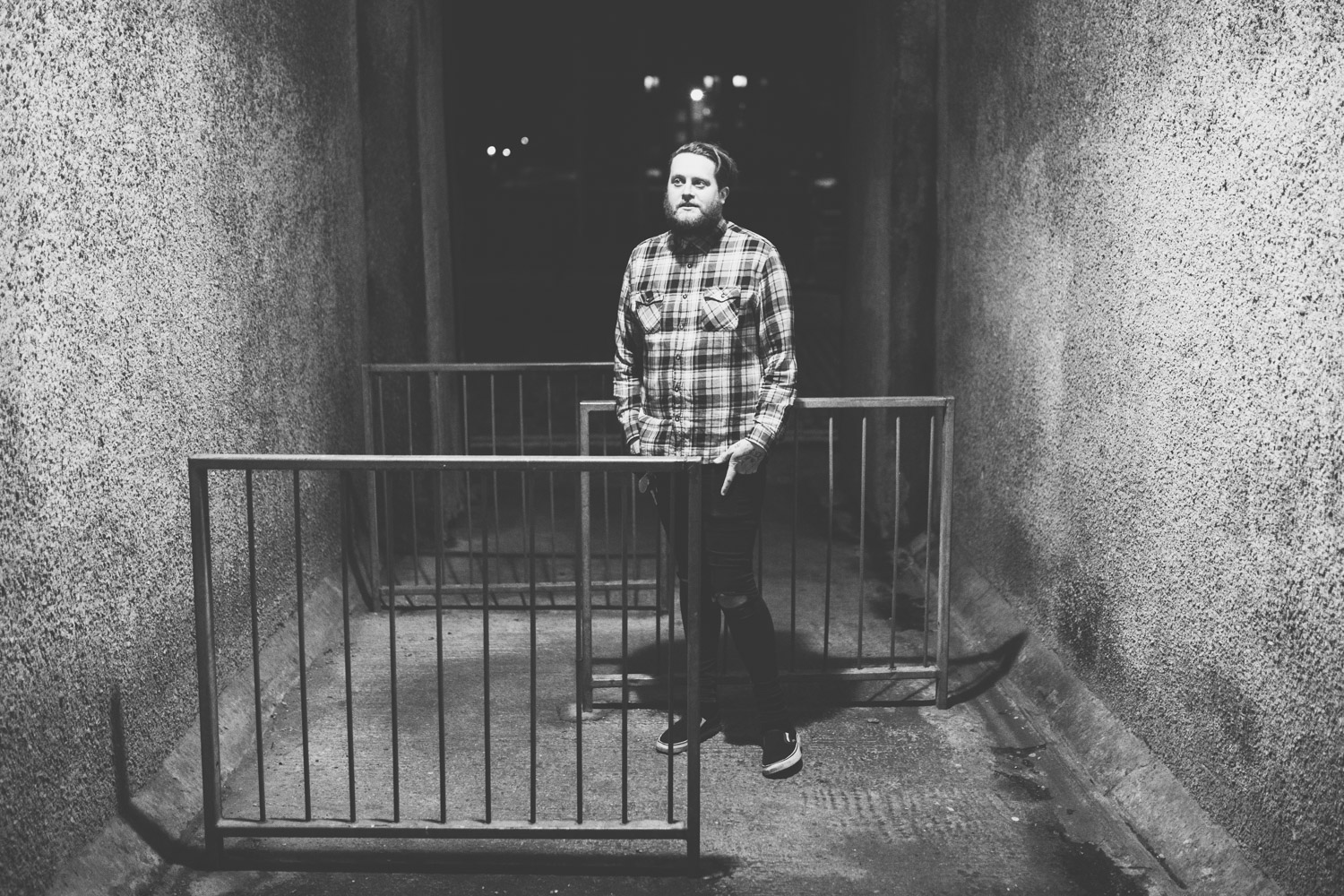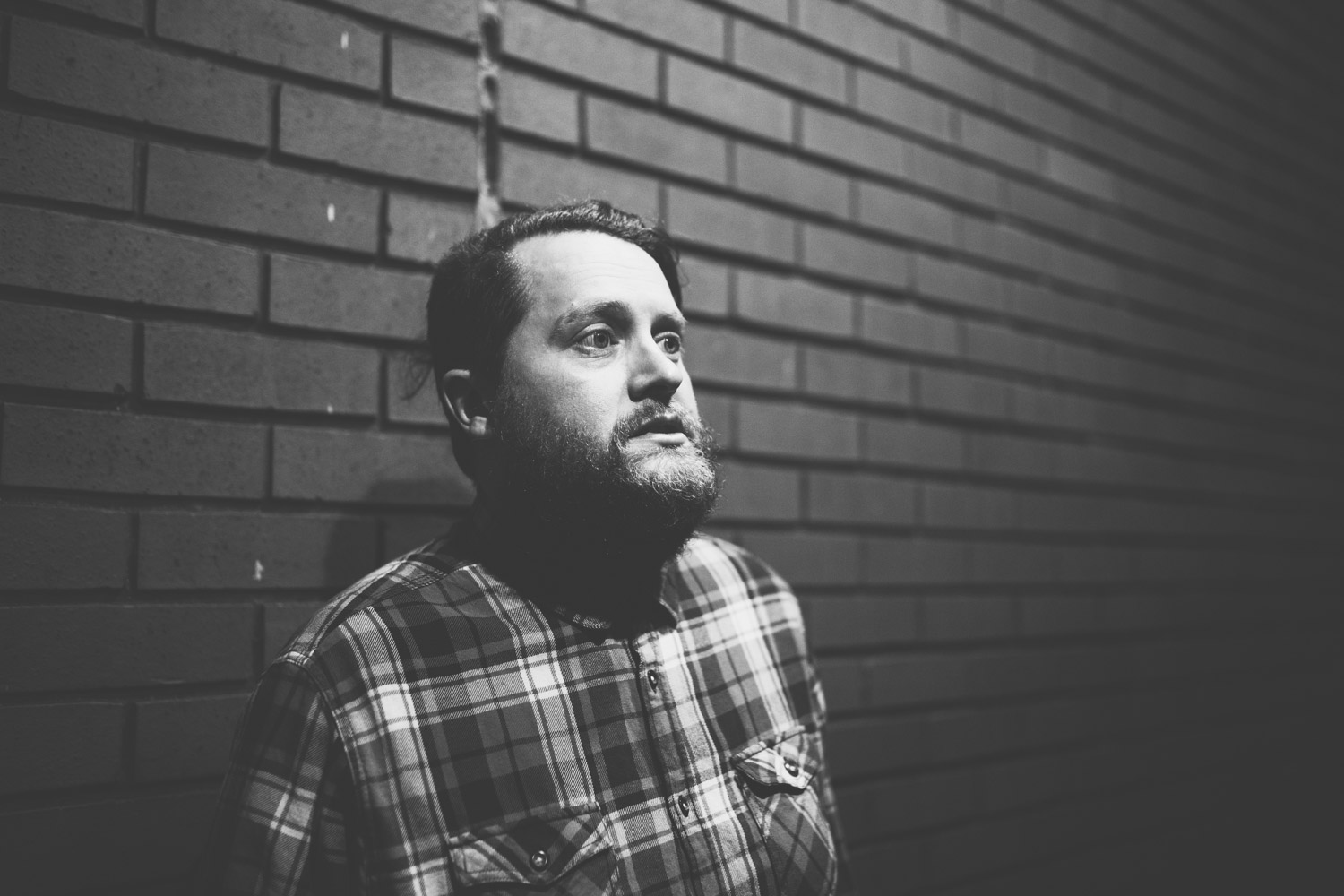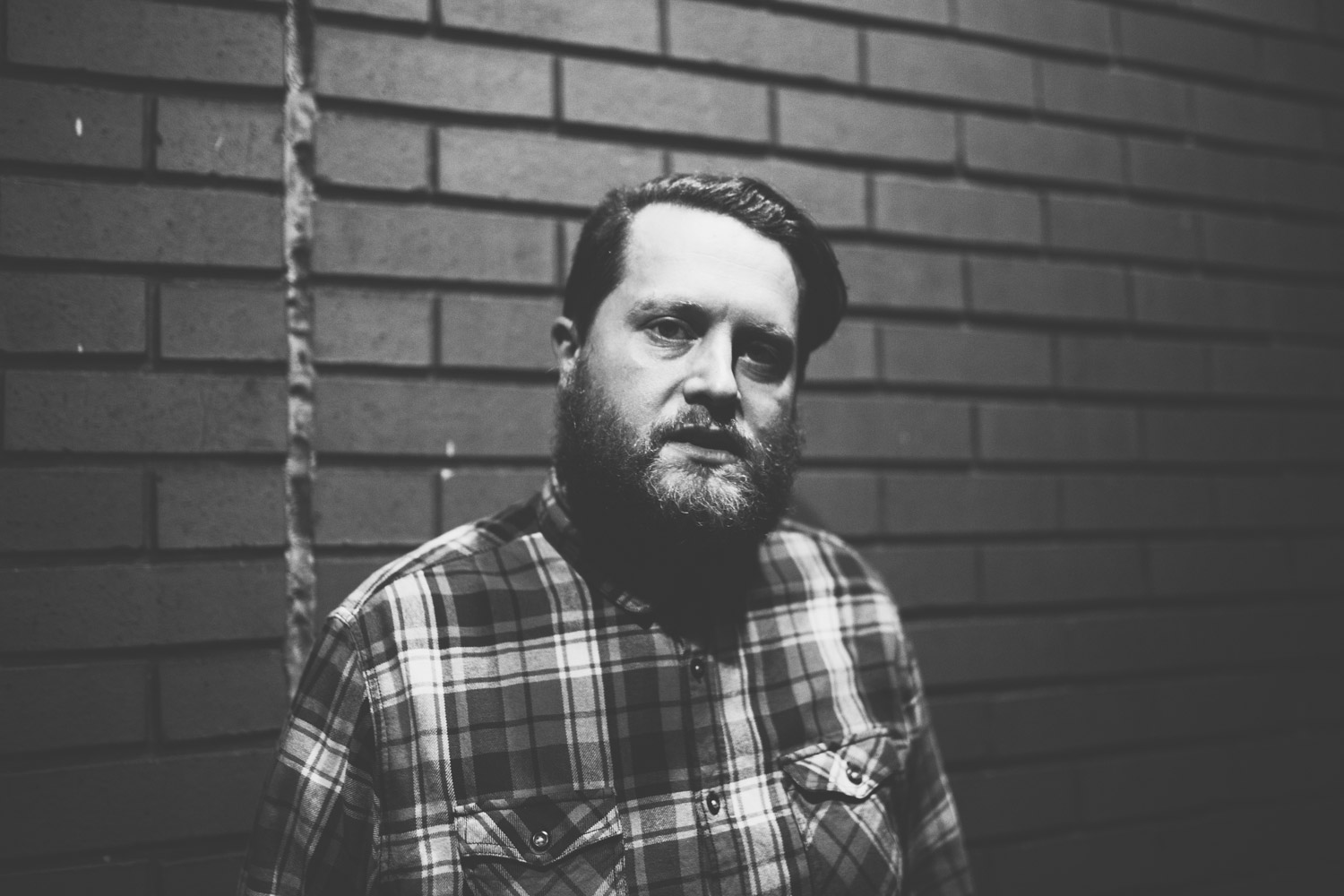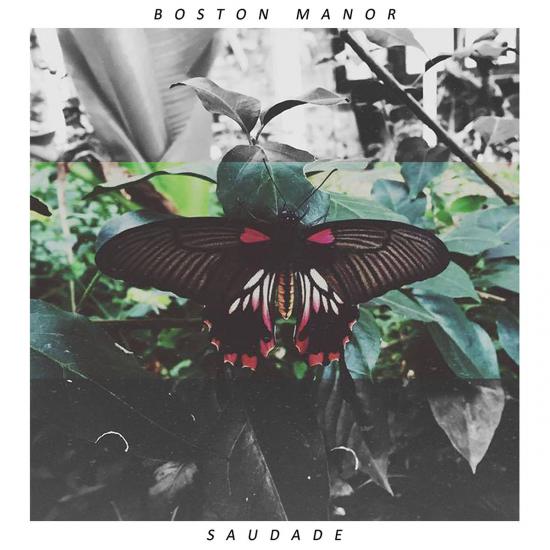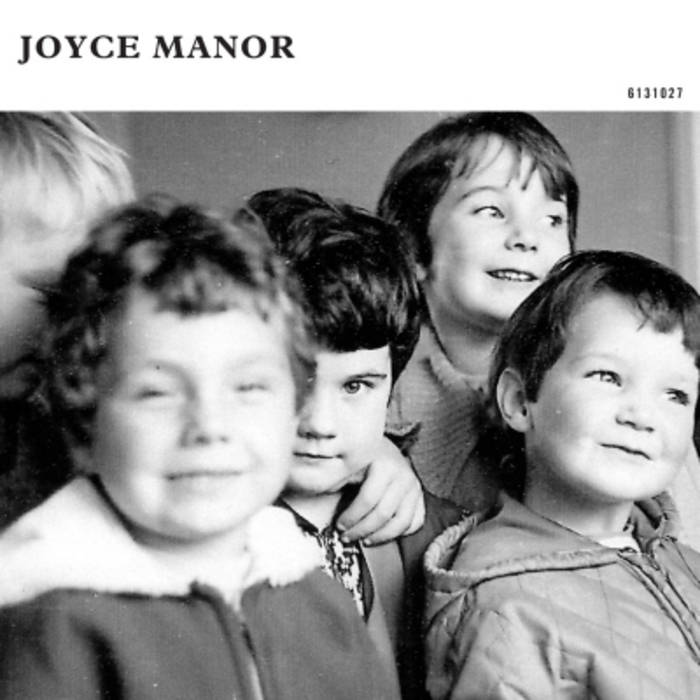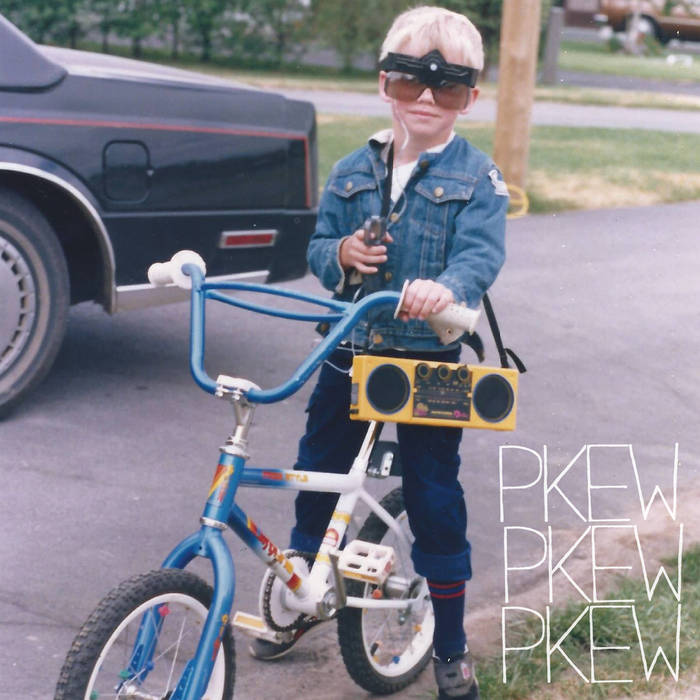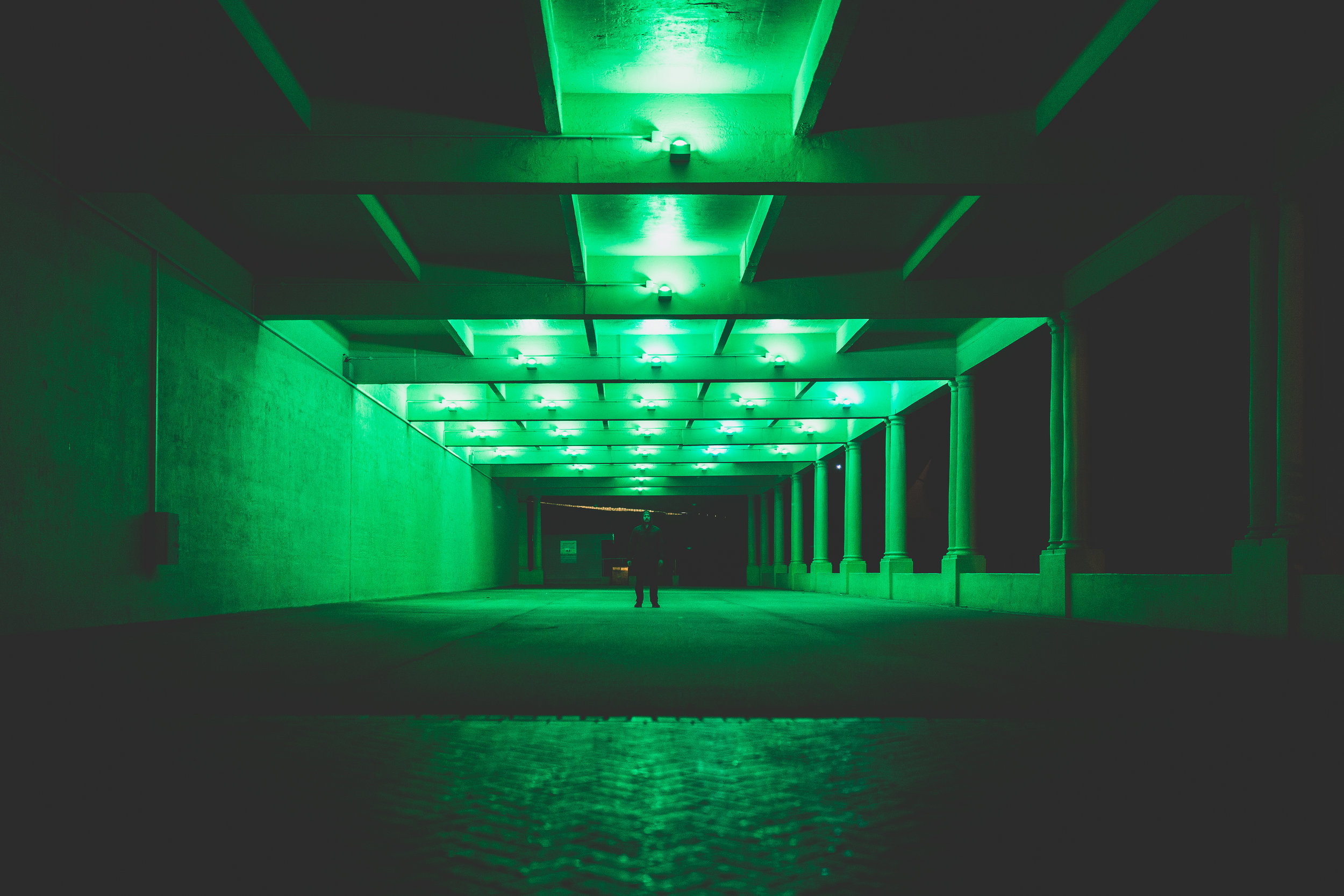Week 2
This week we looked at possible colloborations and how artists can re appropriate work both with and without permisson.
How would you feel if someone created an artwork that appropriated, referenced or remixed your image? Would you take defensive action, or could you resolve the issue constructively and/or creatively?
This week we were asked to discuss the article ‘ On the Rights of the Molotov Man, : Appropriation and the art of context By Joy Garnett and Susan Meiselas’.
My opinion on the article will almost defiantly not be understood unless you’ve read it, a copy of it can be found here. In the most straight forward terms possible, a Photographer named Susan Meiselas photographed a Nicaraguan rebel throwning a Molotov cocktail. Years later a painter named Joy Garnett wanted to make produce some paintings by using photographs as the reference. Garnett published the work and had it exhibited at a gallery in NYC. It was after then that somebody recognised the work and asked if permission had been sought. Meiselas found out and asked her to seek permission for any future shows and with a license fee.
There’s a few interesting points about this situation and the only way I can tackle those points is to compartmentalise them into smaller questions.
The Artist’s Intention
Personally I am of the viewpoint that the context or the reason for making the work is a big factor when figuring out if any ethical or moral lines have been crossed. The main issue in this situation is, does the painter have the right to make work and even a career of other peoples work. One ‘yes’ point might be; it’s her intellectual property and she has re contextualised it therefore it’s new work and it’s fine. On the ‘No’ side a point might be made that; the photographer has gone out and produced this work with their own intentions. They know what was outside of the frame and they have a morole obligation to ensure their subjects are protected and that a clear version of the truth is portrayed. If their work is recontextualised then you’re essentially undoing the work of the artist. They are the polor ends of the argument on basic , ‘is it ok?’. All of this is assuming that no permission is sought.
What about if permission is sought? I think that changes the situation. If the oringal creator is happy with the intentions and the transmission of the intended work then everyone is fine. On the flip side of that, if we made it a rule to ask for permission all the time a lot of interesting art wouldn’t get made. In today’s modern world it would also be impossible to police it. Like in Garnett’s case, when she took down a webpage after the communication from Meiselas started, lots of other mirror pages went up. I think were almost at a point now where art is so available and democratic that the world ( voiced through the internet) is the market, and the market decides.
So what does that mean.,.
All I’ve done here is list the fine details of the for and against arguments for whether Garnett is wrong for not seeking permission. It’s a complex issue and I am on the ‘yes she is wrong’ side of the spectrum. Here’s why.
Meisalas went to document the war and the struggle of the people. I personaly think that it is a little thoughtless to re appropriate the image espically with the anchor text of ‘Riot’. As Meisalas says ‘What was happening is anything but a ‘riot’. ‘ Meisalas’ intentions were to document what was going on and to honour the truth of the people. As Meisalas puts it ‘’ it is central to my work- that I do what I can to respect the individuality of the people.’ Garnett has cherry picked an image and deliberately forgot about the context of the it. I can see the merit in re appropriation and it would be wrong to police art, ‘ No one can “control art”’-Meisalas. It’s an important form of expression and can be used to reject negative things and mock and make fun of subjects that could be harmful.
An example of this;
Obama’s Poster , made by Shepard Fairey, and the re appropriated version calling Trump a Racist posted by someone on twitter.
Reappropriation does have a place and we as artists and as viewers should not be policed or forced to not re appropriate images for use. We should all however be held accountable for what we do and our intentions should be questioned.
I’m obviously biased but even stepping out and being subjective I still think it’s wrong. In my practice I ask for lyrics to work with in images and I don’t assume it’s ok to go ahead without permisson. Building a trust is important and to have someone feeling misrepresented to whole world is a big deal.
Back to the Molotov man; Garnett wanted to find images to paint for her interpretation of ‘Riot’ humans in an extreme emotional state. Ultimately this furthered her career and made her a lot of money, fame and exposure. It’s unacceptable to completely ignore the history and context of this man. I find it a little shallow. Perhaps Garnett could be forgiven for not asking for permission in the first instance, but I don’t think she handled the situation correctly when approached by Meisalas to stop. Meisalas was more than fair in asking her to stop and the most powerful and underpinning comment of the whole argument for me was how Meisalas explained that she needed to take action.
‘But I still feel strongly as I watch Pablo Arauz’s context being stripped away- as I watch him being converted into the emblem of an abstract riot – that it would be a betrayal of him if I did not at least protest the diminishment of his act of defiance’ – Meisalas
Let’s also not forget that Meisalas sacrificed a lot of time and placed herself in really dangerous situations to capture her images. I think that means something, you shouldn’t be able to take it and make it your own without asking.
I’m obviously biased but even stepping out and being subjective I still think it’s wrong. In my practice I ask for lyrics and I don’t assume. Building a trust is important and to have someone feeling misrepresented to whole world is a big deal.
